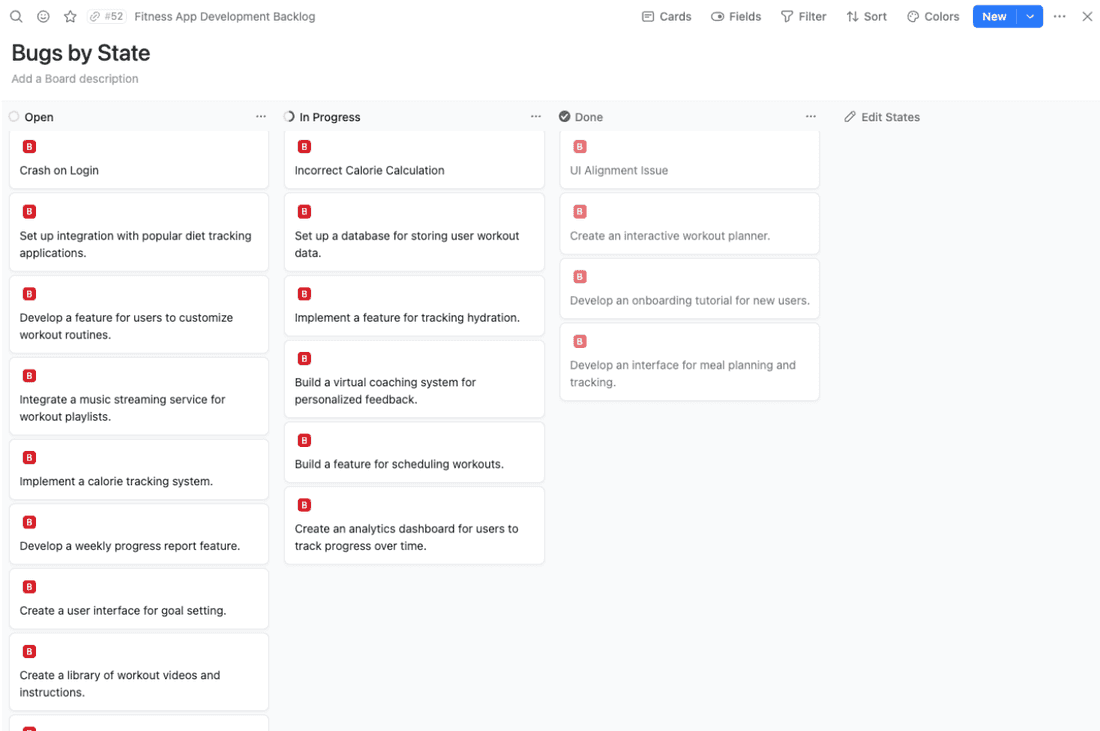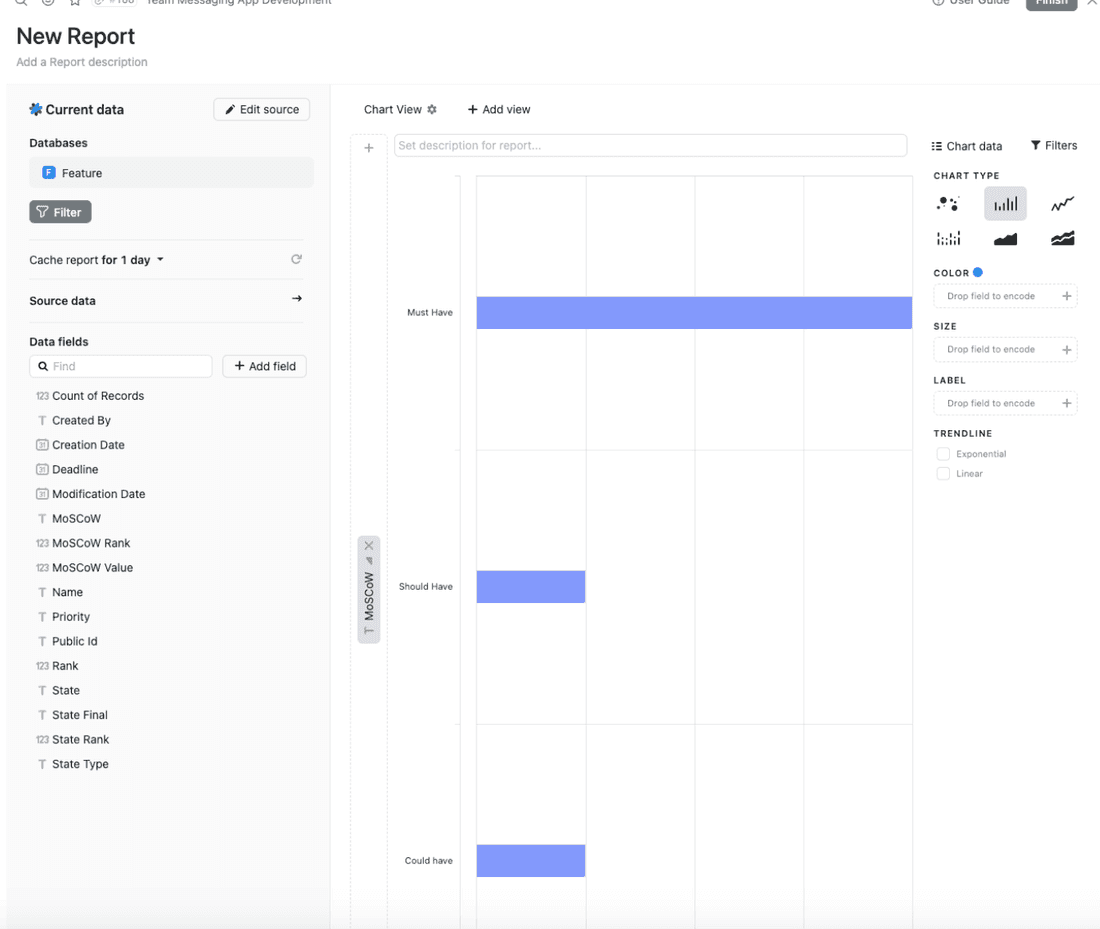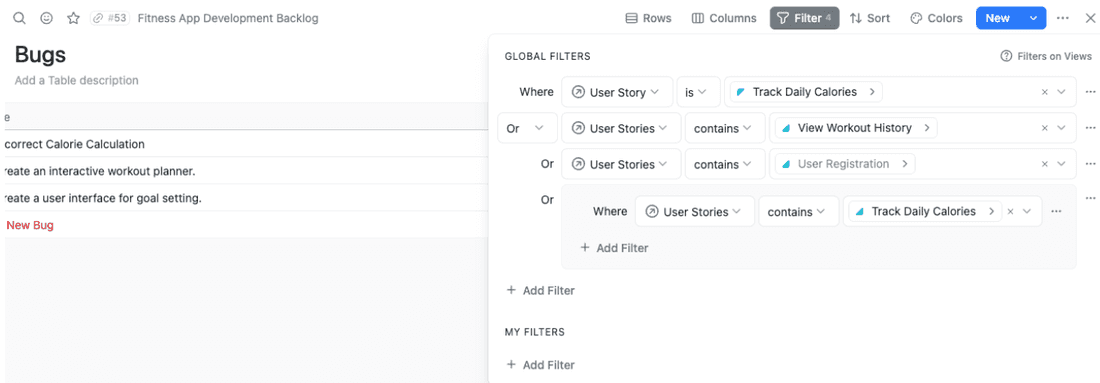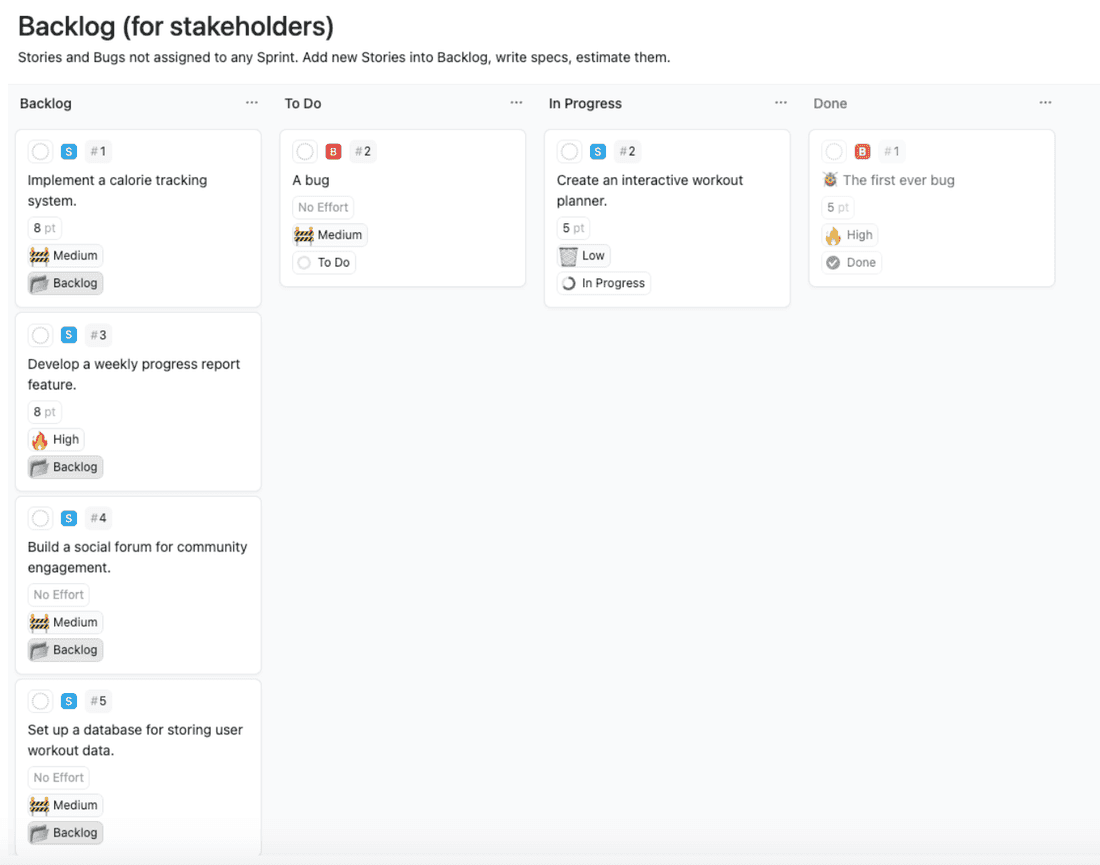5 Kanban Team Roles and Their Responsibilities
Kanban is all about continuous improvement. But who actually drives those improvements? While Kanban doesn’t have mandatory roles, assigning specific areas of responsibility can boost your team’s effectiveness.
In this article, we’ll explore:
- Key responsibilities to consider within a Kanban team
- When dedicating a team member to a specific role makes sense
- How Fibery enhances each Kanban role
What are the Kanban Roles?
Kanban embraces adaptability. There are no strict roles like in Scrum (e.g., Scrum Master, Product Owner).
Instead, Kanban teams have the flexibility to define roles and responsibilities that best suit their unique needs and project structure. The focus is on ensuring the necessary tasks to move work forward get done, rather than on specific job titles.
Regardless of whether a team adopts formal roles, these core responsibilities are typically needed in a Kanban system:
- Managing the flow of work
- Identifying and addressing bottlenecks
- Facilitating continuous improvement
Below, you’ll find some commo roles in Kanban with specified responsibilities for each.
All 5 Kanban Team Roles and Their Responsibilities
Before we start, though, a quick note:
None of the roles specified here are mandatory. A small, self-organizing team might share some of the responsibilities among multiple roles. If your team’s bigger, you can have dedicated individuals focused on each area.
Here’s a breakdown of potential Kanban roles/responsibilities:
Workflow Management
This role is the “organizer” of all folks’ work. Their main responsibilities include:
- Designing the Kanban Board: Creates a board structure (columns, swimlanes) that accurately mirrors the team’s workflow, ensuring a clear visual representation of work in progress.

- Enforcing WIP Limits: Implements and monitors Work-in-Progress limits to prevent bottlenecks and optimize flow.
- Identifying Bottlenecks: Uses the Kanban board and metrics to spot where work gets stuck and facilitates discussions to find solutions.
- Continuous Improvement: Proactively suggests changes to the board or workflow to enhance efficiency as the team’s process evolves.
That kind of role is most suitable for large teams and complex projects. Someone focused on the big-picture flow might be required for multiple workstreams and handoffs.

You might want to consider this role, too, if your team is brand-new to Kanban. A dedicated person can help design the initial board and guide the team in its use.
The last case where this role might help is when your team workflow changes frequently. Having someone responsible for adjustments maintains consistency.
Metrics and Reporting
This role is the team’s “data detective.” They are responsible for:
- Defining Key Metrics: Choosing Kanban metrics (e.g., cycle time, throughput, lead time) that matter most to the team in achieving their goals.
- Data Collection: Deciding how metrics will be gathered (manually or with tools connected to the Kanban board) and how often.
- Analysis and Reporting: Turning raw data into clear charts and reports to show the team’s progress and where improvements can be made.
- Facilitating Data-Driven Discussions: Sharing findings with the team to make process changes based on facts, not hunches.
That type of role will be best if your team wants to get faster, more predictable, or more efficient. Metrics help prove what’s working and what’s not, taking the guesswork out of continuous improvement.

When work moves through many hands, metrics can uncover hidden bottlenecks that the Kanban board alone might not reveal.
Continuous Improvement Facilitator
This role is the team’s “improvement champion.” They are responsible for:
- Leading Retrospectives: Planning and running effective retrospectives that help the team learn from both successes and challenges.
- Fostering Improvement Mindset: Encouraging everyone to share ideas and try new approaches in pursuit of continuous improvement.
- Tracking Action Items: Making sure the team isn’t just talking, but also taking action on insights from retrospectives.
- Experimenting with Change: Helping design and run small-scale experiments to try out potential process improvements.
You should consider this role if your team is just starting with Kanban or Agile. This role will ensure your team moves in the right direction, without getting stuck in productivity ruts.
Also, if your team has tons of great discussions that don’t lead to change, this role should fix it.
Dependency Management
This role is the team’s “puzzle solver.” They are responsible for:
- Identifying Dependencies: Proactively spotting potential dependencies, both within the team’s workflow and any external handoffs.
- Mitigating Risks: Developing strategies to minimize the impact of dependencies, such as early communication, alternative sourcing, or task resequencing.
- Communication and Coordination: Facilitating clear communication between dependent teams or individuals to ensure alignment and smooth handoffs.
- Tracking Blockers: Monitoring tasks that are blocked due to dependencies and working to resolve them as quickly as possible.
You should consider this role especially when multiple departments work on the same project. Having someone focused on dependencies proactively prevents major stalls.

A Dependency Manager will also help a ton during time-sensitive projects. When deadlines are tight, you need someone who can keep everyone accountable.
External Communication
This role is the team’s “ambassador.” They are responsible for:
- Stakeholder Liaison: Serving as the primary point of contact for project stakeholders, ensuring they’re informed and expectations are managed.
- Regular Updates: Providing proactive status updates on progress, escalating issues, and communicating any changes in scope or timelines.
- Feedback Loop: Gathering feedback from stakeholders and channeling it back to the team for consideration.
- Building Relationships: Fostering positive and transparent relationships with stakeholders to build trust and support.
You should consider this role when stakeholders are particularly invested in the project’s success. Having a dedicated communicator reduces friction and misalignment.

Similarly, when your team’s working on a feature that impacts your customers directly, timely and clear communication is essential to maintain satisfaction.
This role also helps remote teams organize communication. When your team members are in different time zones, having a designated point of contact is crucial.
Final Thoughts
Kanban’s flexibility allows you to define roles that address your team’s specific improvement needs. Whether it’s focusing on data, process improvement, dependency management, or stakeholder communication, assigning these responsibilities leads to a smoother workflow and better outcomes.
Just remember – any Kanban role needs a good toolkit. And Fibery has everything your team members might need to let your Kanban flow effortlessly. Grab your 14-day trial here.
PS. Check out our guides on:
Psst... Wanna try Fibery? 👀
Infinitely flexible product discovery & development platform.